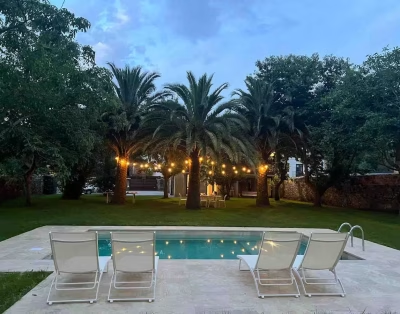Dancing With Vivacity: The Briolette Cut
The briolette is one of the oldest cuts used in gem faceting, reaching its height of popularity in the 17th century. A briolette cut is a pear shaped stone whose surface is entirely cut with small, triangular facets. It was developed in India and before the full refractive properties of diamonds were fully understood, in the 16th century it was probably the cut that reflected most light out of the stone. The name probably comes from the Italian word ‘brio’, or vivacity, which is probably the most loquacious way of describing the way this cut reflects light, especially in diamonds. The briolette enjoyed a revival in Victorian times, before being pushed out of fashion again by the symmetrical perfection of brilliant cut diamonds developed at the beginning of the last century.
As jewellery buyers developed a taste for the unusual in the Noughties, old cut stones came into focus again, especially the briolette, and cutters in India are finding it hard to keep up with demand. They are widely used by De Grisogono and Solange Azagury-Partridge employed them to great effect in her collection Beauté Dangereuse, her debut as creative director for Boucheron. The briolette was derided for a long time as a commercial cut, due to the higher volume of rough material needed to achieve the finished product. Because of this, and due to the fact that briolettes don’t concentrate light in the same way as brilliant cut stones, I think that they reflect quiet extravagance. Napoleon may have felt the same way; he was notoriously showy in rebuilding the collection of French Crown Jewels and the diamond necklace he presented to the Empress Marie Louise proudly features a set of beautiful, large briolette diamonds.
Briolettes have a refined elegance about them; they are shown to their best advantage when mounted on pendants or earrings. The tops usually have finely drilled holes in them, allowing the setter to pass a very thin wire through them and hang them off the jewel. If done correctly, the stones will tremble with every move, quivering and reflecting light even if the wearer is perfectly still. Most stones lend themselves beautifully to the briolette cut, especially those with a high refractive index, such as diamonds or sapphires. Gems with high colour saturation also look incredible as cabochon, or smooth briolettes, especially when surrounded by pavé diamonds to give a contrast in textures.
The Briolette of India diamond is an essay in extravagant simplicity. Weighing in at just over 90 carats, it literally looks like an egg. Its last known setting (with its last known owner, Harry Winston) had the gem suspended from a long, unadorned platinum chain and topped with a single, large pearl of matchless quality. Set thus in the 1920s, it is a timeless jewel.
I adore briolettes, so I am delighted that demand shows no signs of abating, with champagne and cognac diamond briolettes proving particularly popular to dance on the ears and throats of jewellery enthusiasts.







